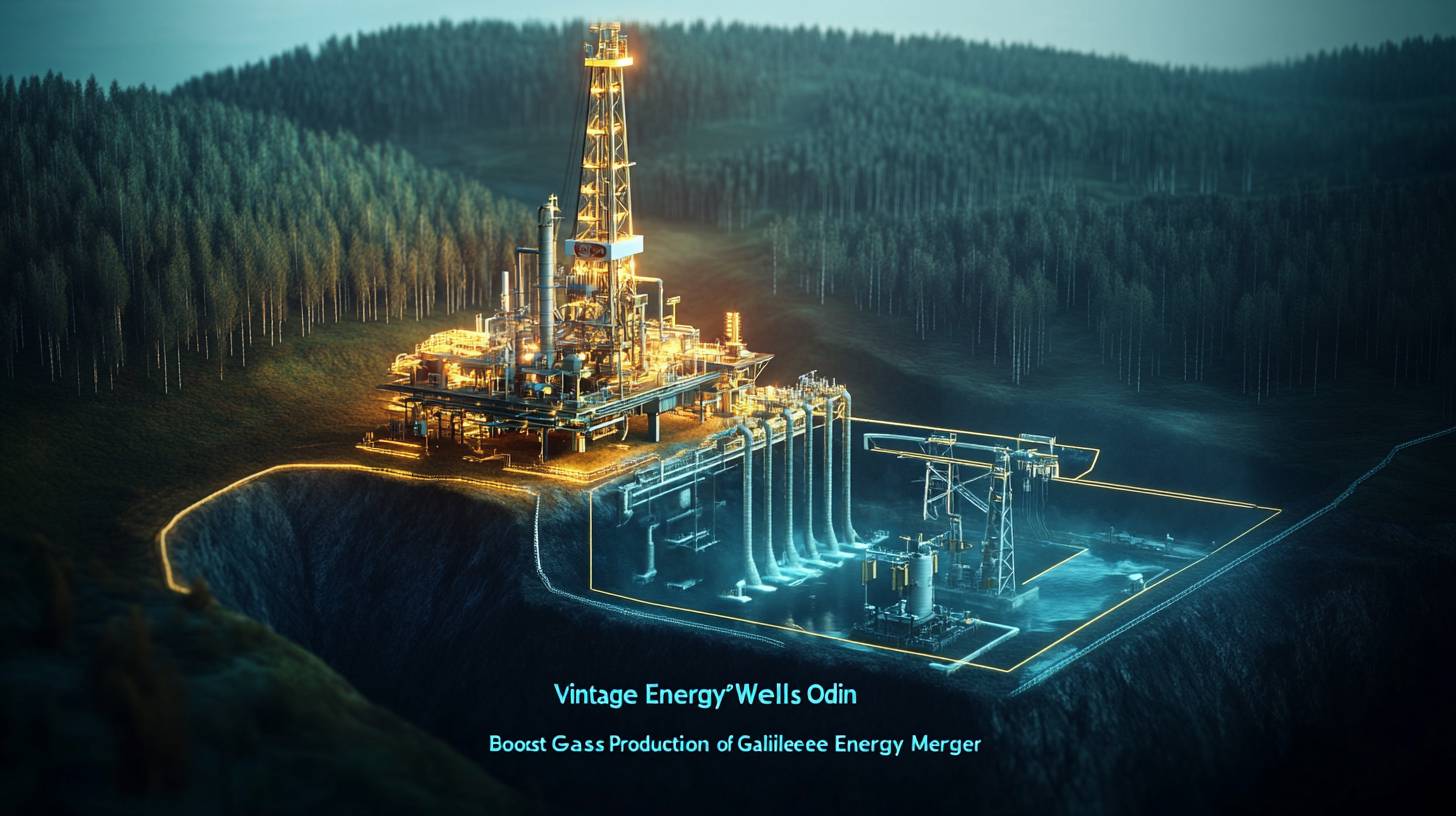
Increase in gas production after successful well activities
Vintage Energy (ASX: VEN) is increasing its gas production in central Australia, following a productive quarter characterized by well commissioning, workovers, and reserves enhancements. The company announced that both the Odin-1 and the recently drilled Odin-2 wells are now producing gas concurrently, marking a crucial achievement in its operational plans.
Although Odin-1 was temporarily taken offline to satisfy commissioning criteria, it has since returned to production, aiding the overall rise in output. This operational achievement is anticipated to strengthen Vintage Energy’s standing in the domestic gas sector, especially as energy demand remains strong.
The company’s efforts to boost production capacity coincide with a period of pressure on gas prices, making reliable supply essential. Investors will be keenly observing how this production increase impacts revenue growth and whether it can offer a competitive advantage in the existing market landscape.
Proposed merger with Galilee Energy
Alongside its operational progress, Vintage Energy is also pursuing strategic expansion through a proposed merger with Galilee Energy. This potential merger has the potential to significantly augment Vintage’s asset portfolio, especially in the gas-abundant Cooper Basin, where both companies have established interests. The merger would likely generate synergies by uniting technical capabilities, operational efficiencies, and an extended resource base, equipping the merged entity to better exploit Australia’s escalating energy demands.
Galilee Energy contributes its own range of assets, including the flagship Glenaras Gas Project, which has demonstrated encouraging results in recent drilling endeavors. A merger would not only broaden Vintage’s asset base but also provide access to Galilee’s advanced coal seam gas (CSG) projects, potentially unlocking new revenue avenues. Investors are eagerly anticipating further information regarding the merger terms, as it could prompt a reevaluation of both companies’ stock valuations.
From a financial viewpoint, the merger could present cost-saving possibilities through shared infrastructure and decreased overheads, while also enhancing the combined group’s capacity to secure financing for forthcoming exploration and development initiatives. However, as with any merger, there are associated risks, including integration challenges and possible regulatory obstacles. Market participants will be carefully observing how these elements unfold in the upcoming months.

